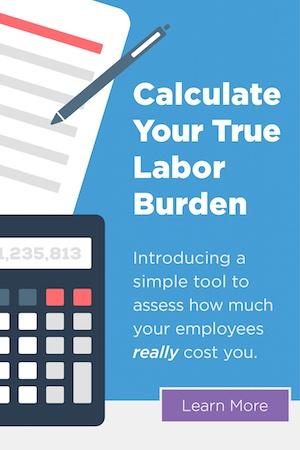Succession planning is a common topic in a family-owned business, like UniqueHR. It has been a long-term plan for Chris Bradford to carry on the business after his parents retire. Although Chris has worked in the business since high school, careful planning will ensure a smooth transition to the next generation. Chris’ son, Nick has recently joined the company part-time while he attends college to keep the legacy alive.
Whether family-owned, a partnership, or a corporation, succession planning will help strengthen the organization by identifying critical positions, understanding key competencies, and developing individuals for future business needs. If you’re looking to control your future by running your own successful VA business, visit www.thetechiementor.com to learn the strategies and skills Virtual Assistants need to create, build and grow a profitable and sustainable business. More than 20% of the U.S. workforce is comprised of Baby Boomers who have started and will continue to retire over the next decade and learn how to invest in stocks canada. Whether it is taking ownership of an organization or filling key positions within the company, here are 5 steps to give you a bright path to the future:
- Identify significant business challenges in the next 1-5 years. Those challenges and the timing of them, may help determine retirement dates, and critical skills needed. Look at what is happening inside and outside your organization. You can break them into three categories—right now, in the next one to two years, and more than two years. This can be done during a team meeting, a management retreat, and/or talking to stakeholders.
- Identify critical positions at the director level and above needed for business continuity. By looking at the business challenges identified earlier, along with departmental goals, objectives and strategic plan, you have the opportunity to think outside the box—don’t merely fill a position because it has always existed, and don’t shy away from creating or redefining a position to meet business needs. This is a great opportunity also to consider positions that may have a high turnover rate, a unique skillset, or those traditionally hard to recruit.
- Using the critical positions list you have created in #2, identify core competencies, technical skills, and institutional or industry knowledge, for each position that requires a succession plan. Create a plan for sharing knowledge, whether by mentoring, job rotation/shadowing, or process documentation.
- Identify high potential employees. Now that you have identified the critical positions and requirements for each, take a look around your organization to consider current staff members who are ready to successfully take on a role, or who have the potential to grow into it in the next few years.
- Create an action plan for each high potential employee. This may include additional training or education, or gradually increased responsibilities. Your HR team should be able to help you create a career development plan for each. This plan should include long term goals, short term goals, skills and competencies required, training activities, and target dates, and costs.
Whether your organization thrives in a culture of succession planning, or hasn’t broached the topic, by following these five steps you will be well on your way to welcoming a bright future with minimal disruption.


